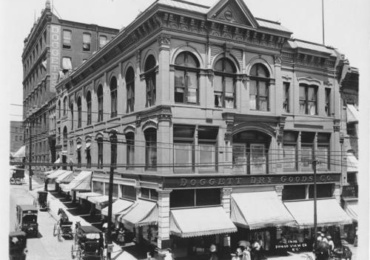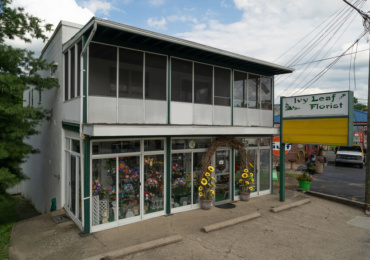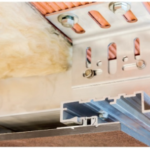Given the widespread industrialization in all aspects of life in the contemporary world and the employment of everyone in the concepts of “History of Stone Dry Facade Implementation,” coupled with human aesthetic sensibilities, the science of architecture and building design has rapidly evolved from the late 20th century to the present, moving towards industrialization. These transformations have had significant impacts on building facades, leading to the creation and development of dry and modern methods in cladding. Among these transformations, dry systems have numerous advantages.
Next, we will delve into the history and formation of this industry.
In the history of building facade evolution, the implementation of the Stone Dry Facade has played a significant role. This article examines the history of Stone Dry Facade implementation as one of the unique and modern facade systems in building construction. These systems have led to the production and development of diverse and innovative materials in building facades. Due to the extensive variety of materials available for exterior building cladding and facades, we have provided a detailed comparison of the features of materials and installation systems. This comparison is complemented by economic evaluations (at the initial cost estimation level) that provide a relative relationship between price and quality for the analysis of systems and materials used in each building.

How has the evolution of the building facade history and the implementation method of Stone Dry Facade been?
Initially, most architectures were characterized by the construction of heavy, weighty facades. From facades made of clay and straw to stone facades constructed by ancient Romans. These facades used a thick material in the building walls to address issues related to structural integrity, waterproofing, and protection against heat and moisture.

History of Cladding and Regional Architecture in Buildings
Regional architecture has always been dependent on local climate constraints and resources, and building facades are influenced by these limitations. In the pre-Christian era, we used to construct building walls with thicknesses of more than one meter using ancient Greek techniques. We used to construct these walls with precision and precise alignment of the two columns’ apertures without using mortar to ensure complete harmony with the external facades. Additionally, the history of dry facade implementation also played a significant role in this process. In fact, the inner layer of the wall, which had minimal imperfections and voids, was filled using aggregates and lime mortar.
After that, in the 2nd century AD, the Romans developed innovative systems for executing building facades. The fundamental difference between Roman and Greek facades was the use of pozzolanic cement and sand in combination with lime. This cementitious mixture was highly durable, and upon combining with water, it became highly impermeable. With the collapse of the Roman Empire, the use of pozzolanic cement ceased, and no other types of cement were utilized until the nineteenth century. In the end, during the nineteenth century, the introduction of Portland cement led to the emergence of modern cladding systems with dry stone installation methods.
These methods, utilizing new building standards, made it possible to design and construct tall towers and were also implemented in Iran during the 1970s. In recent times, there have been significant developments in this field. With changes and new technologies, dry cladding systems with stone installation have been utilized in the design and construction of tall buildings.







